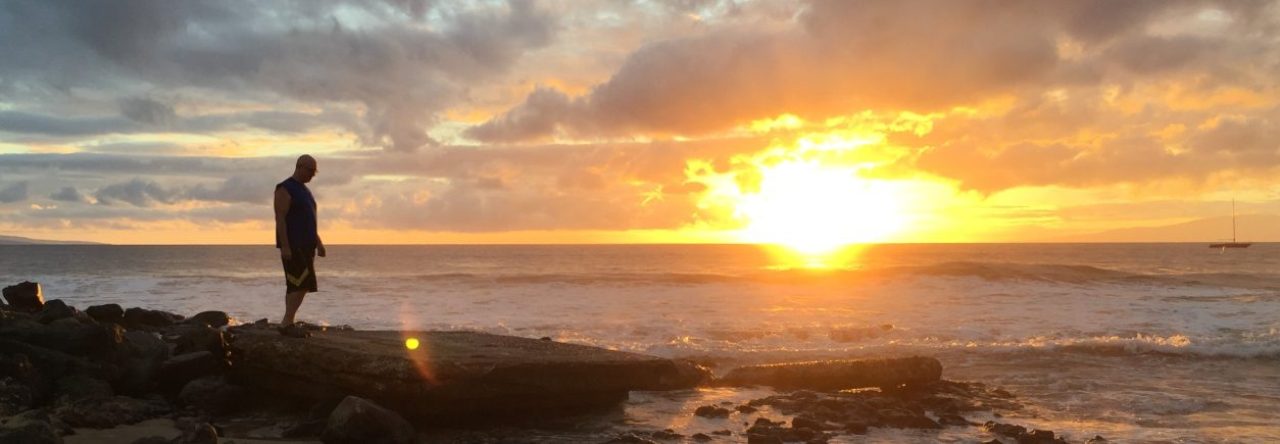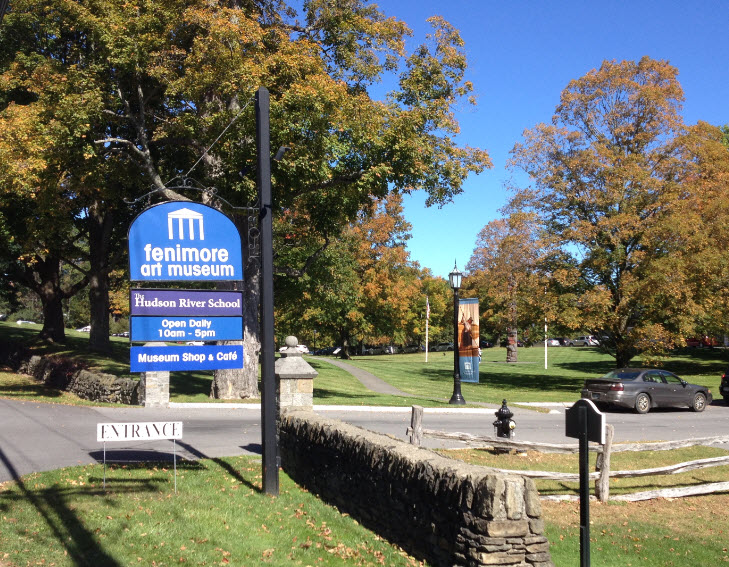A friend in Albany recommended that I visit to the Fenimore Art Museum in Cooperstown.
I had, of course, heard about Cooperstown often, for reasons other than art, and I had driven by the exits off the freeway, either to the north on I-90 or the south on I-88 many times over the years. It is far enough away from both freeways to prevent an accidental stop-over. One does not happen upon Cooperstown. One must purposely go there.
Cooperstown is famous in part because that’s where the National Baseball Hall of Fame is located. Since I only know the name of one baseball player, Babe Ruth, and since I have only been to two baseball games in my life, during both of which I had a hard time not falling asleep, I was never likely to make my way to Cooperstown.
Then not too long ago I read the book Reflections of Toddsville by Hollie Van Horne, a time travel romance novel that plays in and near Cooperstown. This book was descriptive enough about the area that it piqued my interest.
Needless to say, when the recommendation about the art museum came, it was a quick decision. I had to drive from Albany to Syracuse, and I might as well take a lesser highway, enjoy the fall colors in their full glory in rural upstate New York and visit Cooperstown.
The village of Cooperstown had 1852 residents in the 2010 census and is the county seat of Otsego County.
The village was part of the Cooper Patent, a 10,000 acre stretch of land which Judge William Cooper purchased in 1785 from Colonel George Croghan. Cooper was the father of noted American author James Fenimore Cooper, author of The Leatherstocking Tales, a series of novels which includes The Last of the Mohicans. Contrary to popular belief, the village was named after Judge Cooper, and not his son. The village is located at the southern tip of Otsego Lake and is surrounded by some of the most beautiful and scenic land in upstate New York.
So there are two things Cooperstown is famous for, the family of its founders and the Baseball Hall of Fame.
I loved the Fenimore Art Museum. There are two main categories of works exhibited. First there is a wonderful collection of Native American art, clothing, buffalo hides, coats, and blankets. Then there is a wealth of American paintings, most of them created in the 1800 to 1900 timeframe. Since photography, as usual, is not allowed at the museum, I cannot share anything here. However, I can share their website here!
The most impressive work to me was Thomas Cole’s The Course of the Empire series of five paintings. They were all there, lined up on one wall, and had me captivated for quite a while.
Of course, the very most exciting work was Thomas Hill’s View of the Yosemite Valley:

I was keenly interested in this painting, since Yosemite is one of my favorite places in the world, and I had just taken a photograph of the valley recently from the air myself.
All in all, I loved spending a few extra hours on what would have been a routine freeway drive on a splendid autumn day in upstate New York, visiting a wonderful village on a spectacular lake with an impressive art museum.


